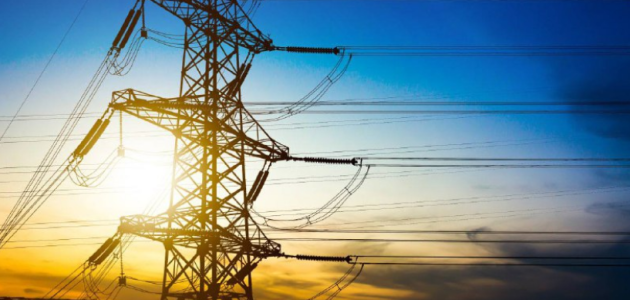
In October 2025, Ukraine imported 353.9 thousand MWh of electricity, which is 2.5 times more than in September, according to the DIXI Group analytical center, citing data from Energy Map.
“This is the highest monthly import figure since the beginning of the year. At the same time, exports fell sevenfold to 90.8 thousand MWh, which was the first decline in the last five months,” the center reported.
According to DIXI Group, the sharp increase in imports is due to the deterioration of the situation in the energy system caused by massive shelling of energy infrastructure. In particular, during October, Russian attacks damaged, among other things, thermal and hydroelectric power facilities, which led to a power shortage. As a result, emergency and scheduled hourly power cuts for the population were resumed, as well as restrictions on consumption for industry and business.
The situation was exacerbated by a drop in temperature. Low output from residential solar power plants due to cloudy weather, as well as the active use of electric heaters before the start of the heating season, placed an additional burden on the power system.
Electricity imports in October were wave-like in nature, due to enemy shelling. In particular, after a massive strike on October 10, external supplies rose sharply – on October 11, imports reached 19.0 thousand MWh, which is 141.5% more than the previous day.
A similar situation repeated itself after the attack on October 22: on October 23-24, there was a sharp increase in imports to 19.8 thousand MWh and 23.4 thousand MWh, respectively, or +64.8% and +94.4% compared to October 22. At the end of the month, after another large-scale attack on October 30, Ukraine was again forced to increase external purchases: on October 31, imports amounted to 22.4 thousand MWh (+76.9% compared to the previous day).
In the structure of imports by direction of electricity supply, Hungary accounts for more than 50% – 180.0 thousand MWh (50.9%). This is followed by Poland with 80.2 thousand MWh (22.7%) and Romania with 76.9 thousand MWh (21.7%).
The maximum agreed commercial capacity for imports from the EU from December 2024 is 2.1 GW. On average, in October 2025, capacity utilization was 22.6%, with a maximum on October 18 between 20:00 and 21:00 (84.4%) and the only hour of the month when no electricity was imported (October 3 between 22:00 and 23:00). At the same time, during peak morning and evening consumption hours, capacity utilization increases significantly.
In addition to the commercial capacity of 2.1 GW for Ukraine, an additional 0.25 GW of emergency assistance is available from neighboring ENTSO-E operators as “insurance” at critical moments. Thus, emergency assistance was provided during October from Poland, both in the form of additional electricity with a total volume of 28.8 thousand MWh and in the form of supplies of surplus electricity to Poland (5.25 thousand MWh). There is no public information available on other neighbouring power systems.
In turn, the main volumes of electricity exports in October were carried out during hours of minimum domestic consumption – mainly at night and early in the morning – from 0:00 to 6:00.
In terms of export structure by destination, Hungary prevails with 39.3 thousand MWh (43.2%), Moldova with 31.1 thousand MWh (34.3%), and Romania with 14.9 thousand MWh (16.4%).
“As a result, imports in October exceeded exports by almost four times – the negative balance in October amounted to 263.0 thousand MWh,” DIXI Group concluded.
Overall, based on the results of the first 10 months of 2025, Ukraine is a net importer of electricity, with a negative balance of 168.7 thousand MWh for this period.